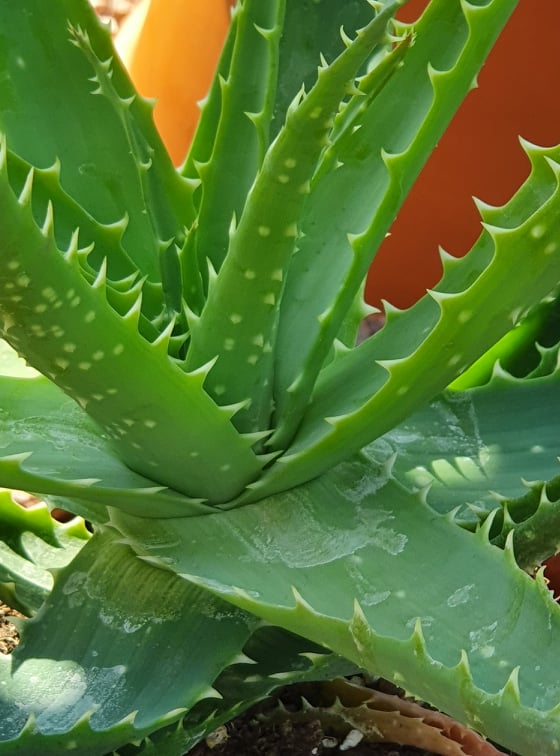Just what is sisal, precisely?
Sisal is a plant fibre. It is derived from an agave sort, agave sisalana, which is commonly referred to as sisal as well.
Sisal is also a town in Yucatán, Mexico. And that is no coincidence.
Let’s start with the agave
Agave is the name of a large group of plants. There are 270 different species of agave identified, most typically succulents. They are native to Mexico and surrounding regions and have brought man some good stuff.
Way back in the early days Mayans and Aztecs used agaves for food and drink. Among other things, they found the sap from some of them naturally fermented into an alcoholic drink they called pulque, and which they used in sacred rituals.
When the Spaniards came and colonized Mexico in the sixteenth century, pulque lost its sacred character. Apart from being introduced to the masses, it was also further experimented upon and combined with the new art of distillation. This led to the production of mezcal. The most famous mezcal today is tequila. Which can be used to make margaritas. But I digress …
So, what do margaritas have to do with sisal?
Sisal is another good thing native Americans found in agave. When one gets rid of all moisture and pulpy bits of the agave leaves, the sisal remains. It comes in the form of strong strings, the length of a leave -which is typically a bit over one meter.
That really is all there is to it, making sisal a 100% natural product, 100% biodegradable and compostable.
And as sisal is grown (yes, using that second meaning of the word now, the agave sisalana) in hot and sunny regions, drying the strings is often done directly by the sun, using no extra energy. It doesn’t get much better than that.
Or does it?
What else is so good about agave?
Agave is a remarkably drought resistant plant. It doesn’t need watering and grows in regions where nothing else grows. So, rather than taking up valuable farmland that might be used for food production, it provides regions that would otherwise be struggling with a source of income.
It typically doesn’t need pesticides or fertilisers, either.
That is what makes agave such an interesting candidate for biofuel as well. But that’s another story.
What do we do with all this lovely sisal, then?
Traditionally, sisal is made into rope and twine.
From these, rugs and home decor (think: macrame planthangers and such) are the best known derivatives. But it is also used in clothing, footwear and bags. In geotextiles and steel cable cores.
It can be made into paper products.
Good dartboards are also made out of sisal. (Next time you’re at a bar, you can impress someone with that knowledge. See if you can fit in some margaritas in that conversation too …)
Industries are finding more and more places where they may reduce the use of synthetic fibres by replacing them with sisal. Preliminary research shows that composite materials using sisal, due to its high strength and low weight, are most promising materials to be used in vehicle bodies. Saying, your next car may be made of it.
The list goes on. And on.
On our website for example, you’ll find some lovely sisal brushes. Whether toilet, dishes, nails or backs, anything that needs a good scrubbing, could do with some good sisal.
Anything else to know about sisal?
You are absolutely right to pronounce it [saisl].
Yet, the product is named after the harbour town from which the Spaniards first shipped the fibre to Europe. You guessed it; Sisal in Yucatán. And this is pronounced in the Spanish fashion: [seesal].



